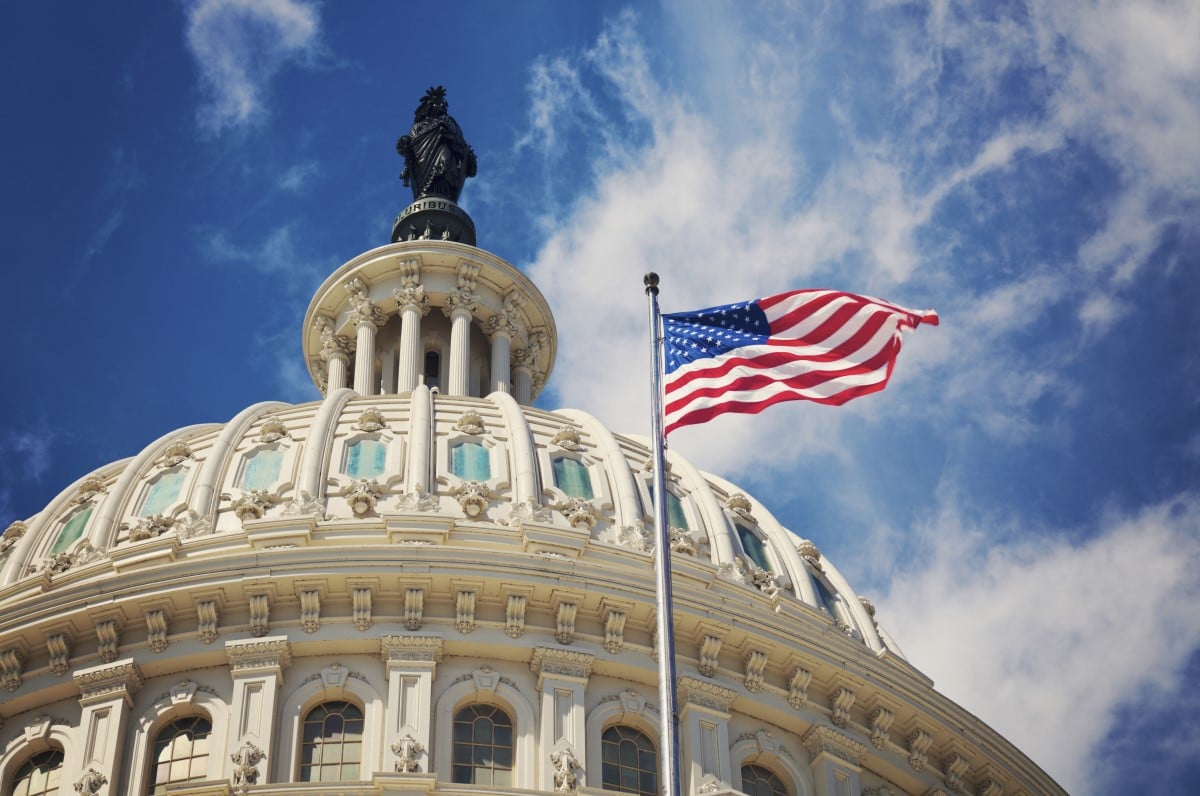Flexible spending accounts (FSA) allow for the payment of some health care, child care and other costs using tax-free income. Unlike many large employers, including the federal government, DoD does not offer FSA options to servicemembers and their families.
Even DoD civilian employees have access to FSA options. Some lawmakers, particularly those who introduced the Jobs and Childcare for Military Families Act in the 117th Congress, want that to change.
A report accompanying the FY 2021 National Defense Authorization Act (NDAA) directed DoD to conduct a feasibility study on the implementation of FSA options for active duty servicemembers and their families. On Dec. 12, RAND National Defense Research Institute published an evaluation of FSAs for active duty servicemembers, a report which highlights the complexity of such an offering – both for servicemembers and for DoD.
[RELATED: Applications Open for DoD’s Paid Private Fellowship Program for Military Spouses]
Approximately 43% of civilian workers and more than half of state and local government workers had access to dependent care (DCFSA) and health care (HCFSA) flexible spending accounts in 2021, according to the Bureau of Labor Statistics. These pre-tax benefits provide employees with the flexibility to pay for dependent care programs or eligible medical, dental, and vision care costs not covered by a health insurance plan.
Sounds like something servicemembers could benefit from, right? Not so fast. The RAND report identifies some key findings that muddy the waters:
- Some servicemembers would have few or even no eligible FSA expenses. Military families receiving child care fee assistance are unlikely to be FSA-eligible because this DoD subsidy offsets the eligible expenses for a DCFSA dollar for dollar and is limited to $5,000. Additionally, DCFSA funds can only cover care while the servicemember is working, and, if relevant, the member’s spouse is working, seeking employment, or enrolled as a student.
- Reducing taxable income may have unforeseen financial consequences. The Child Tax Credit (CTC), the Child and Dependent Care Tax Credit (CDCTC), and the Earned Income Tax Credit (EITC) have phase-in, plateau, and phase-out points based upon income amounts. These credits may be unfavorably impacted by FSAs.
- Potential for loss of unused FSA funds. Current IRS stipulations require all funds contributed to a DCFSA to be used within the calendar year (with an allowable grace period of the first 2.5 months of the following calendar year) or the funds are forfeited. According to the Employee Benefit Research Institute, more than 40% of workers with FSAs forfeited an average of between $339 and $408 a year by not using the full amount contributed to an FSA.
- Unknown implementation costs. While DoD could save administration costs by utilizing off-the-shelf training and existing resources through the Office of Personnel Management, there would be a substantial cost to adapt the current pay system. Additionally, as the services move toward an integrated pay and personnel system, the increased cost and time associated with creating a system to support FSAs could be challenging.
- TRICARE concerns. Minimal TRICARE costs shares would apply to an FSA for active duty families, per the report. MOAA has fought to maintain a low out-of-pocket cost military health care benefit across all beneficiary segments, and while MOAA acknowledges an FSA could be helpful with non-covered or partially covered expenses such as vision correction, orthodontia, etc., we oppose any proposals to increase TRICARE fees even if there were an option to pay those fees with pre-tax dollars.
Despite the aforementioned concerns, several scenarios detailing savings estimates for a variety of servicemember profiles (marital status, estimated base pay by rank, number of children, spouse earnings, etc.) show introducing an FSA option could impart a tax benefit. For example, RAND estimates an unmarried E-4 to E-6 with one child would benefit from a reduction in taxes ranging from $831 to $1,137 if they contributed $5,000 to an FSA; the reduction for an O-4 to O-5 with two or three children would range from $435 to $583.
[RELATED: Defense Department Raises On-Base Child Care Fees]
If access to flexible spending accounts benefits even just 5% of servicemembers and military families, it deserves full consideration from DoD leadership and Congress, if necessary. During this process, special attention must be given to the education aspect and ensuring servicemembers are equipped to make decisions regarding FSAs that will benefit them financially.
Ultimately, servicemembers should have access to those benefits available to other federal employees. MOAA will continue to track this issue closely and provide guidance to DoD.
More Members Mean More Influence Over Health Care and Family Programs
Get involved and make sure your interests are addressed. Because the larger our voice is, the greater our impact will be.



